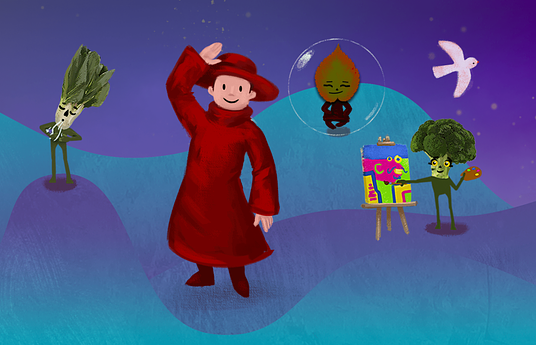This is a very detailed project prepared by the Qatar Science and Technology School (QSTSS) students to help teachers and students with their studies
Qstss.com is an advanced AI-powered platform that facilitates the creation and administration of quizzes. This innovative tool is developed with the aim of enhancing the learning experience by engaging users through interactive quizzes.
With Qstss.com, users can easily create customized quizzes for various educational purposes such as e-learning, training, assessments, and entertainment. The platform offers a user-friendly interface, making it accessible to both beginners and experienced users. It provides a wide range of features designed to meet diverse learning objectives and preferences.
One of the main features of Qstss.com is its question editor. Users can create questions using different question types, including multiple-choice, true or false, fill in the blanks, and more. The platform also supports the inclusion of multimedia elements like images, videos, and audio files to make the quizzes more engaging and interactive.
2 years
Please goto: qstss.com and create a free account



